E-bike safety tips are essential for anyone riding electric bicycles, whether for commuting or adventure. Electric bikes (e-bikes) have transformed the way people travel, but their increased speed, weight, and technology demand extra caution. Whether you’re new to riding an electric bike or an experienced cyclist, following the right safety tips can help you stay protected and confident on every ride.
In this guide, we’ll cover everything from gear to riding techniques, visibility, and maintenance—so you can enjoy your e-bike experience to the fullest, safely.
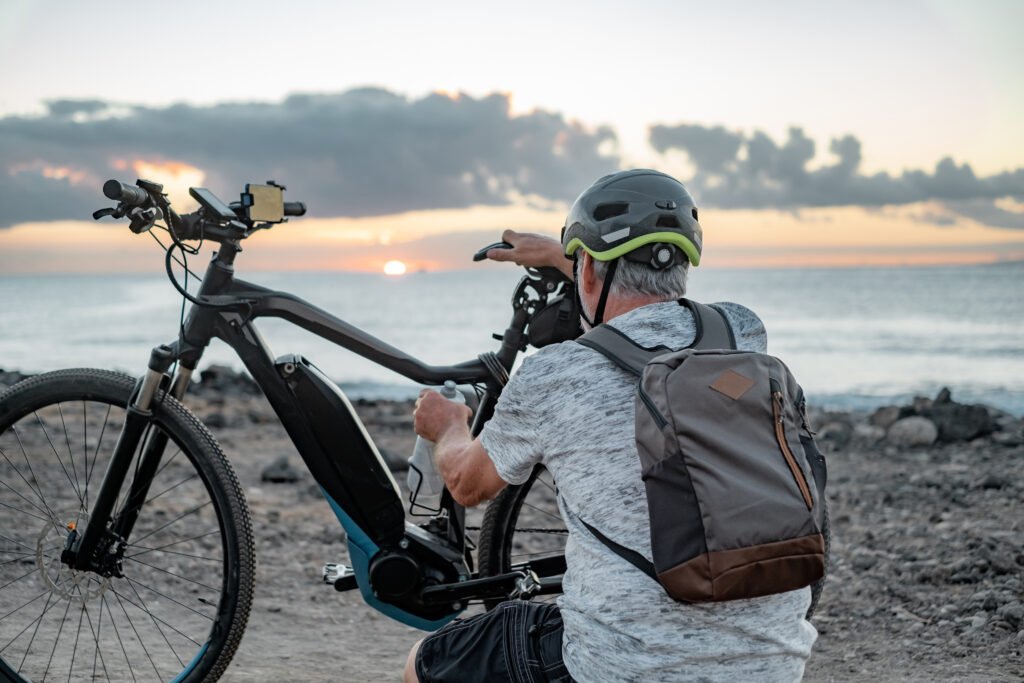
Why Is E-Bike Safety Different from Regular Bicycle Safety?
Understanding the Higher Speeds of Electric Bikes
Unlike traditional bikes, electric bikes can reach speeds of 20 to 28 mph, depending on the class. These high speeds reduce your reaction time and increase the risk of accidents. Always respect your electric bike’s capabilities and ride within your limits—especially in traffic or on shared paths.
The Additional Weight Factor: How It Affects Handling and Braking
Electric bikes are typically 15–30 pounds heavier than regular bikes due to the motor and battery. This extra weight means longer stopping distances and slower acceleration when starting from a stop. It also affects your ability to maneuver quickly, especially in tight turns or emergency situations.
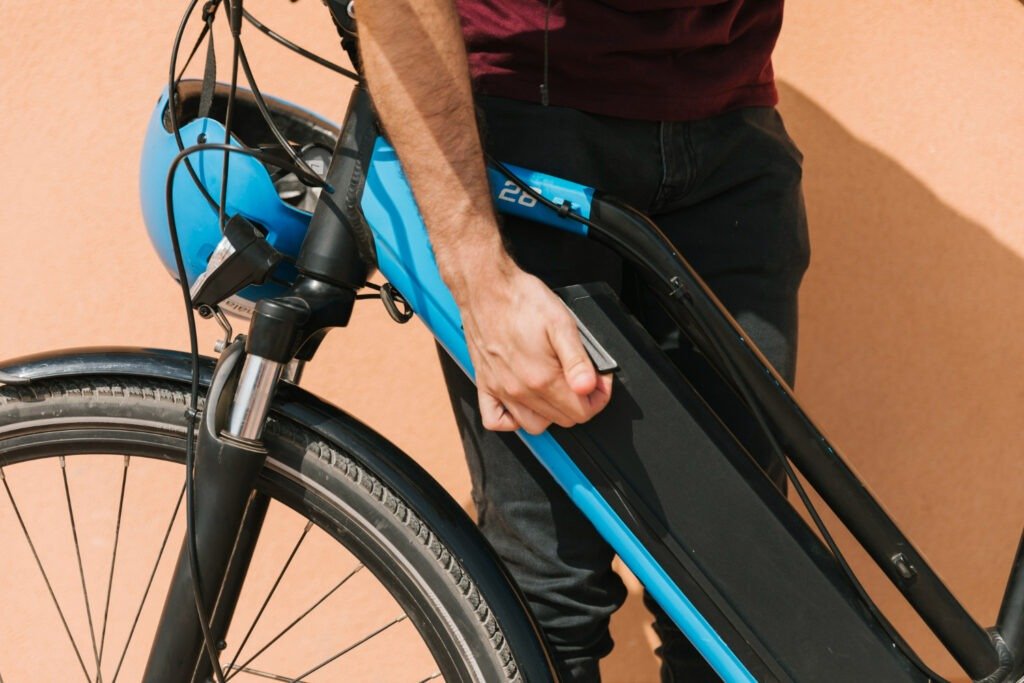
Battery Safety Considerations for E-Bike Riders
Lithium-ion batteries power most e-bikes, and while they are safe under normal use, improper handling or charging can lead to hazards. Always use the charger that came with your electric bike, avoid overcharging, and store your battery in a cool, dry place. Periodically inspect the battery casing for any swelling or damage.
What Essential Safety Gear Should Every E-Bike Rider Wear?
Helmet Selection: Critical Safety for Electric Bike Riders
Wearing a helmet is non-negotiable. Because of the high speeds, a certified helmet specifically rated for e-bike use (e.g., NTA-8776 standard) is strongly recommended. Look for models with MIPS (Multi-directional Impact Protection System) for enhanced head protection.
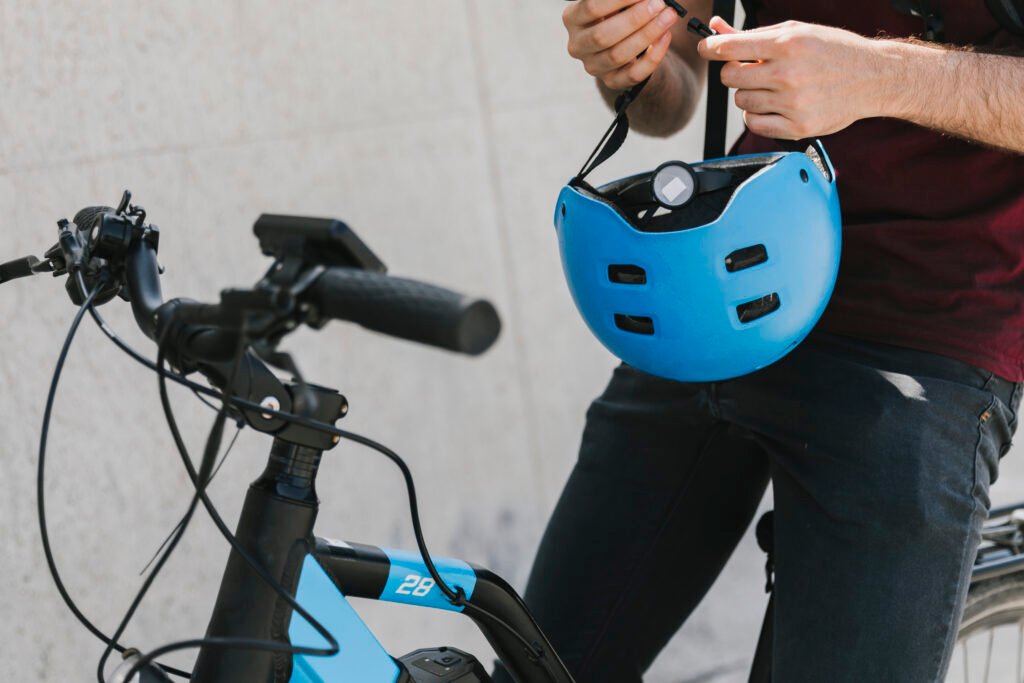
Visibility Equipment: Reflective Clothing and Accessories
Wearing bright, reflective clothing increases your visibility to cars, especially during early morning or evening rides. Consider adding reflective tape to your backpack or helmet, and opt for outerwear with built-in reflectors. These simple additions can help you stay visible in all riding conditions.
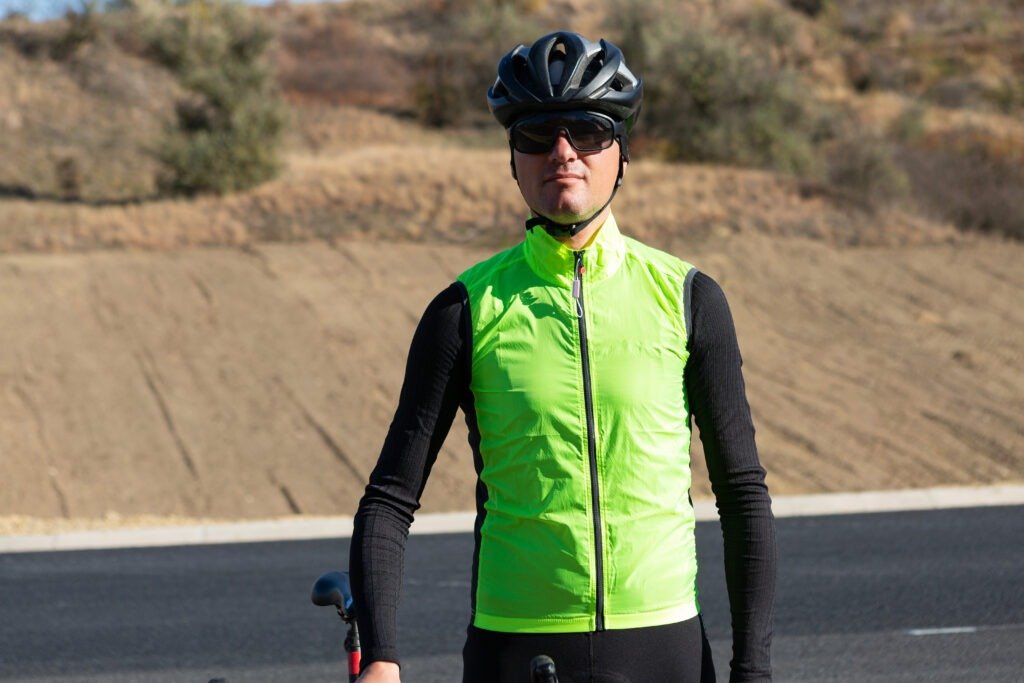
Protective Gear to Reduce the Risk of Injuries
Gloves, padded jackets, and knee/elbow guards can reduce injuries in case of a fall. Urban riders may also benefit from lightweight body armor or impact shorts if commuting in busy traffic. Every added safety feature helps reduce the risk of accidents while riding an e-bike.
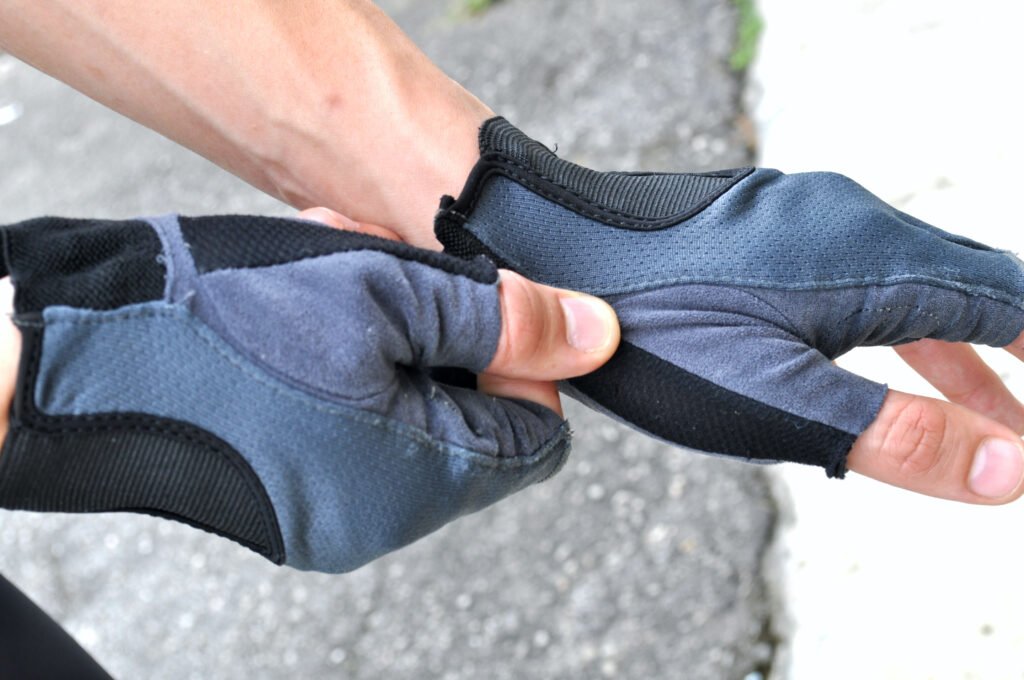
How Can E-Bike Riders Follow Traffic Laws and Rules of the Road?
Understanding Where E-Bikes Can Legally Ride
E-bikes regulations vary by region, but in many areas, they are allowed on bike lanes, multi-use trails, and streets. Know your local laws: some places restrict Class 3 electric bikes from pedestrian areas. Always ride where you’re legally permitted and use bike lanes when available.
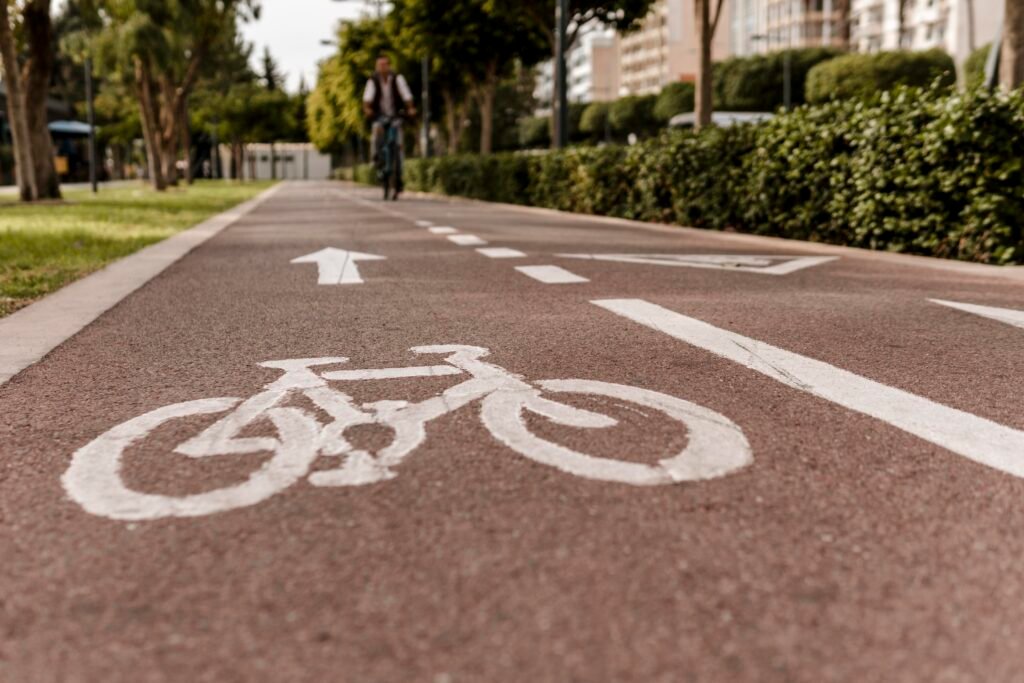
Speed Limitations and Using Electric Assistance Responsibly
Use the motor assist only when needed, particularly when climbing hills or accelerating from a stop. Riding at lower speeds in crowded areas improves safety and shows courtesy to pedestrians and cyclists. Smart use of your pedal-assist mode can also help you stay in control.
Interacting Safely with Pedestrians and Other Cyclists
Always yield to pedestrians, give verbal warnings or use a bell when passing, and maintain a safe distance from other riders. Being predictable and alert helps prevent misunderstandings and decrease the risk of accidents.
What Are the Best Practices for E-Bike Visibility and Signaling?
Front and Rear Light Requirements for Safe E-Bike Riding
Front and rear lights are often legally required, especially at night or in low-light conditions. Choose LED lights with at least 200 lumens up front and a flashing red light at the back. Rechargeable lights are more convenient and environmentally friendly.
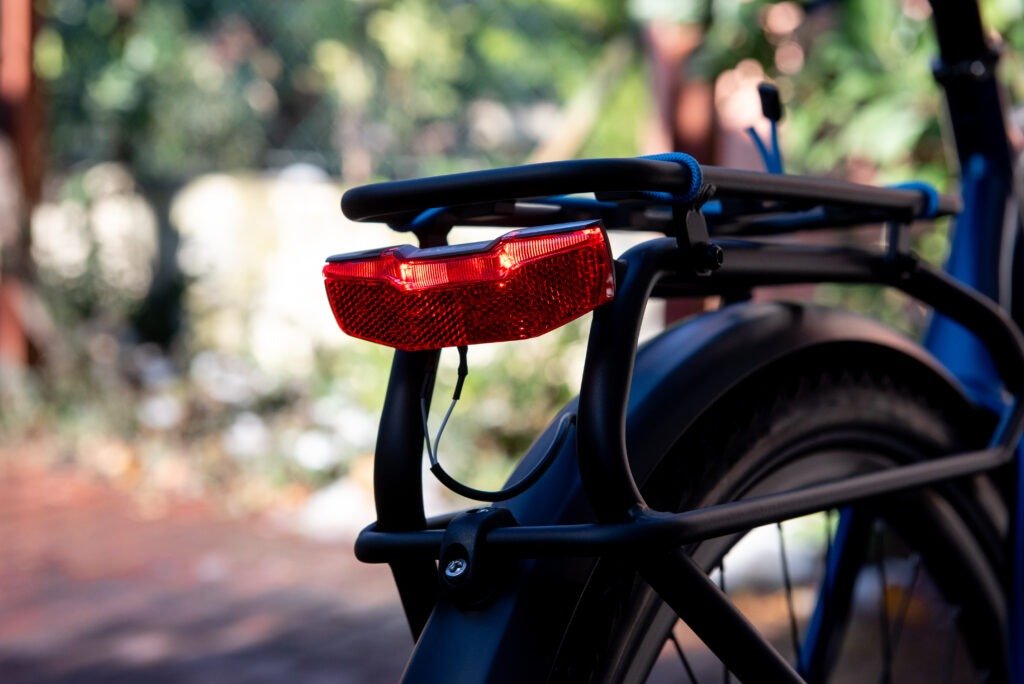
Using Hand Signals Effectively on Your Electric Bicycle
Before turning or changing lanes, always use clear hand signals. Signal early to give surrounding traffic ample time to react. Practice signaling without losing balance—an essential skill for riding an electric bike.
Making Yourself Seen in Various Weather Conditions
Rain, fog, and overcast skies can significantly reduce visibility. In such cases, turn your lights on during the day and wear fluorescent or reflective gear. Consider a waterproof light set and always check your visibility before heading out. These steps are essential to stay visible and safe on the road.
How Should You Maintain Your E-Bike for Optimal Safety?
Regular Brake Checks: Essential E-Bike Safety Tips
Because of the higher speeds and weight, your electric bike’s brakes undergo more stress. Test your brakes before each ride and check the brake pads regularly for wear. Hydraulic disc brakes provide better stopping power and are ideal for urban riders.
Battery Maintenance to Avoid Hazards While Riding
Follow your manufacturer’s instructions for battery charging and storage. Never leave a charging battery unattended. Keep battery contacts clean and dry, and avoid dropping or puncturing the battery casing.
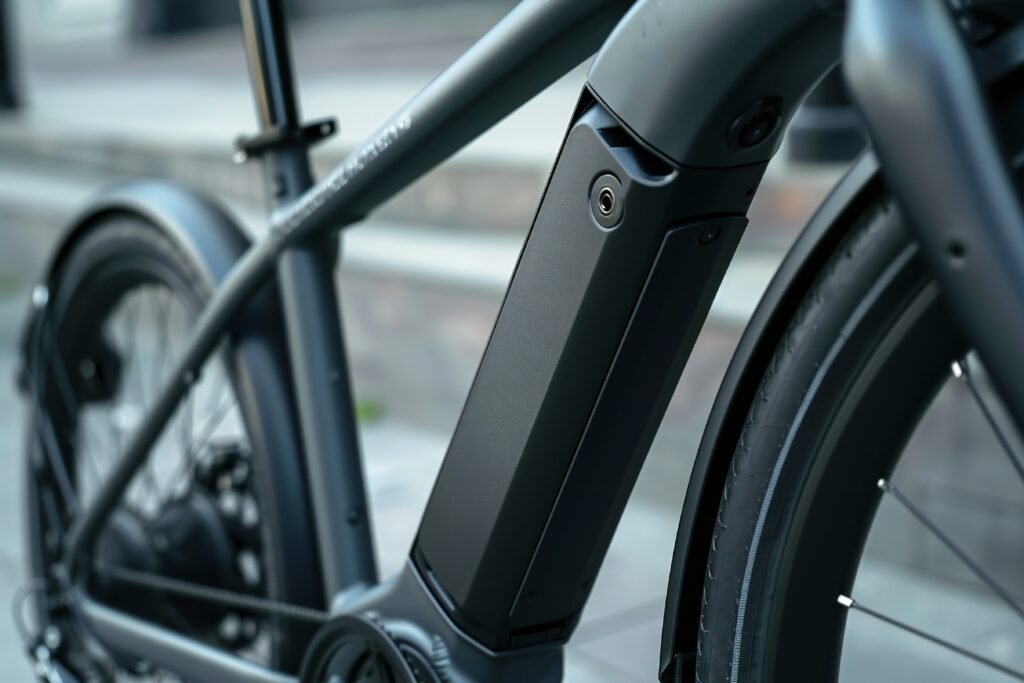
Tire Pressure and Wear: Critical Safety Measures
Proper tire pressure enhances grip and prevents flats. Low pressure can cause sluggish handling, while over-inflation may lead to reduced traction. weekly and inspect the treads for signs of wear or embedded debris.
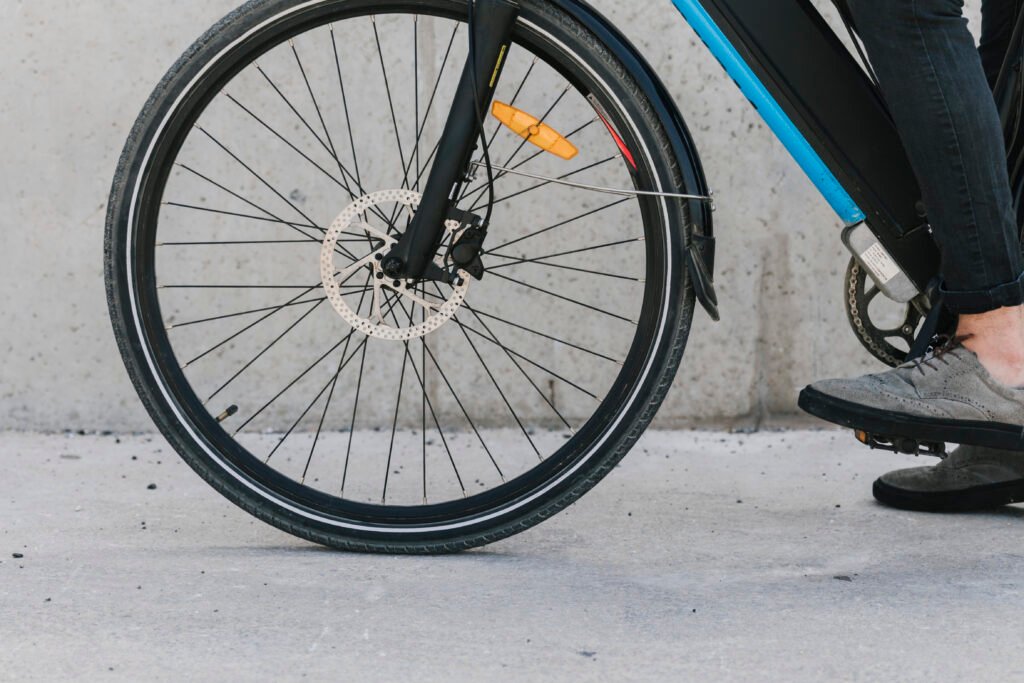
What Riding Techniques Help Ensure Safe E-Bike Handling?
Mastering Braking at Higher Speeds
Apply both front and rear brakes smoothly to avoid skidding. Practice emergency stops in a safe area to get a feel for your stopping distance. Avoid hard braking in wet conditions where traction is reduced.
Cornering Safely on Your Electric Bike
Slow down before entering a turn and lean your body gently in the direction of the curve. Keep your inside pedal raised to avoid clipping the pavement. Avoid sudden steering corrections mid-turn.
Riding Defensively to Avoid Accidents
Assume you are invisible to drivers. Always make eye contact at intersections, stay out of vehicle blind spots, and anticipate the actions of others. Defensive riding helps reduce risk and makes riding an electric bike more predictable and secure.
How Can You Plan for Safer E-Bike Journeys?
Using Designated Bike Lanes and Cycle Routes
Stick to bike-friendly routes whenever possible. Apps like Komoot, Ride with GPS, or Google Maps’ cycling mode can help you plan paths that are safer and less congested. Use bike lanes to keep yourself away from fast-moving traffic and reduce the risk of accidents.
Weather Considerations for E-Bike Safety
Avoid riding in heavy rain, snow, or icy conditions unless your electric bike and gear are rated for it. Wet roads reduce traction and increase the risk of accidents. Carry waterproof gear if bad weather is a possibility.
Planning Your Route for Maximum Safety
Map out your trip in advance, including rest stops or charging stations if needed. Share your route with a friend or family member if you’ll be riding long distances alone. Avoid roads with heavy truck traffic or limited shoulder space.
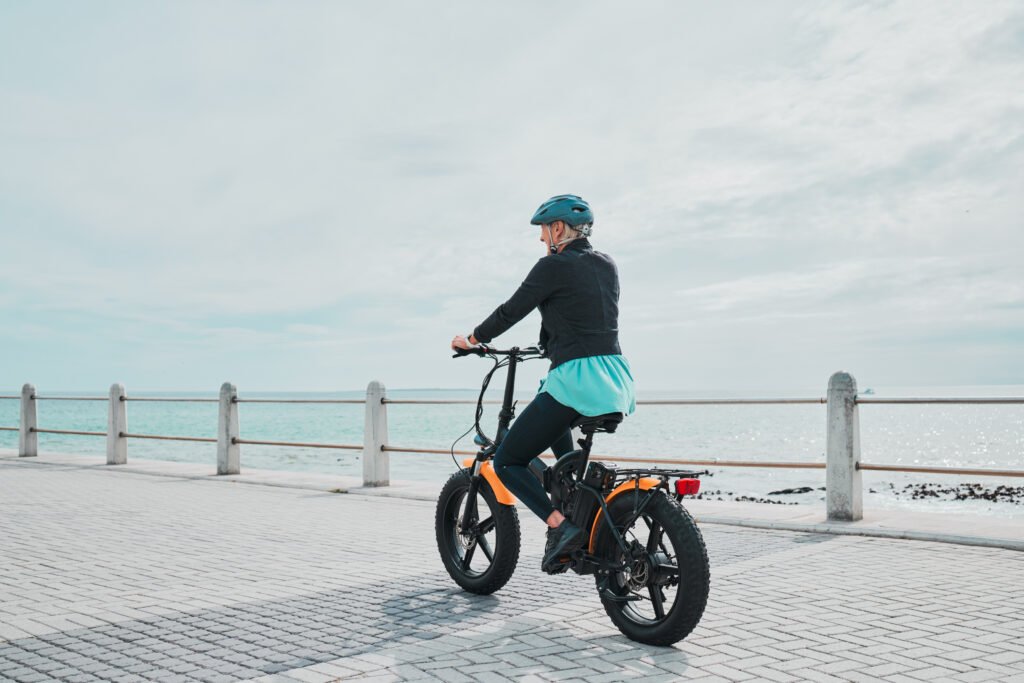
Final Thoughts on Electric Bike Safety
Staying safe on your electric bicycle requires awareness, preparation, and responsible riding. By understanding the unique challenges of electric bike safety—and practicing good habits—you can ride smarter and safer every day.
Whether you’re commuting to work or enjoying a scenic trail, always gear up, stay alert, and maintain your electric bike regularly. Safety doesn’t take the fun out of the ride—it enhances it. Remember: the better you prepare, the safer you’ll be while riding an electric bike or even just pedaling your bike down the street.
Frequently Asked questions about E-Bike Safety
Following these safety tips can enhance your safety and ensure a more enjoyable experience: wear a certified helmet, check your bike lights before every ride, and ride at an appropriate speed. Whether you’re a beginner or returning rider, safety should always come first — especially when riding in traffic or unfamiliar areas.
E-bikes can reach speeds up to 28 mph, depending on the model and electric motor class. To ride safely, always follow the rules of the road and match your speed to the environment. Riding at top speed in crowded areas may reduce your reaction time, so adjust accordingly for a secure ride.
When riding your bike in traffic, keep a safe distance from cars, ride on the right side of the road, and signal turns clearly. According to the National Highway Traffic Safety Administration, bikes must obey the same traffic laws as motor vehicles to ensure safety on the road.
Yes. Children and adults alike should develop basic riding skills before riding one in traffic. Make sure the bike fits the rider, has safety features like working brakes and lights, and use a lock to secure your e-bike when unattended. A comfortable ride also means a safer ride — whether on pavement or when riding off-road.
Want to go beyond e-bike safety tips and upgrade your ride? Check out our guide on Essential E-Bike Accessories.
Even educational institutions emphasize electric bike safety—this page from NPS offers a concise checklist.
